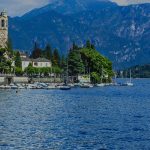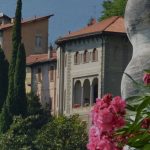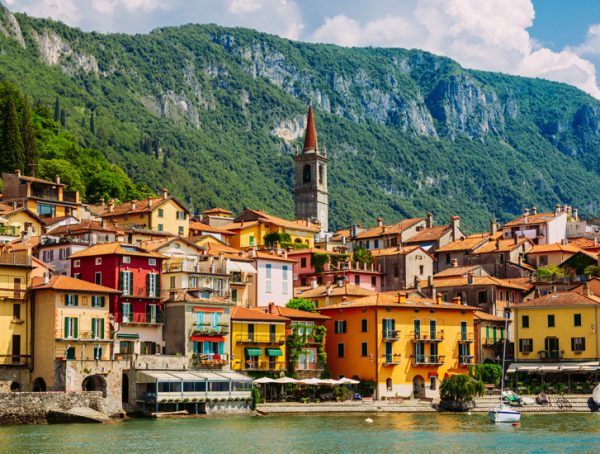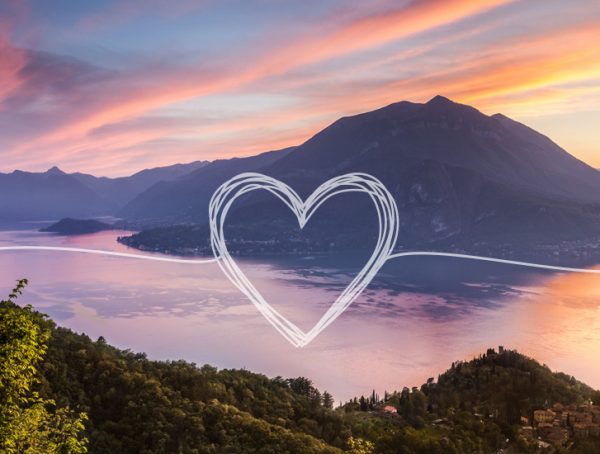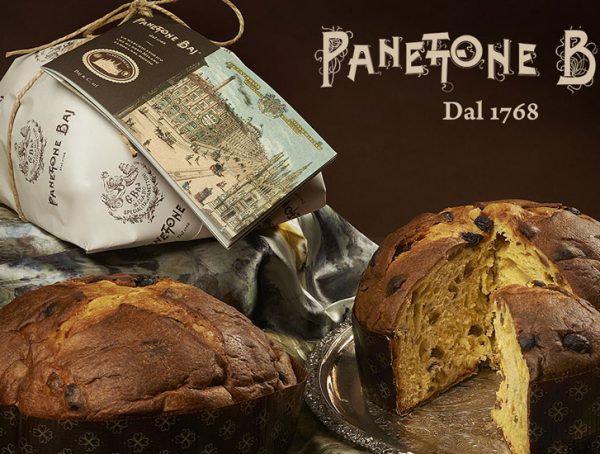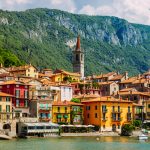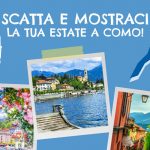In this article show you the 10 most beautiful villas overlooking the shores of Lake Como.
Unfortunately, for practical reasons, we have chosen “only” 10 villas. This doesn’t mean that along the lake we can’t find numerous villas, private and not, which would charm anyone with their spectacularity.
We have also decided to leave out the usual cold ranking, because that these buildings are so splendid that it would be difficult to classify them consistently and according to objective criteria.
We have chosen these villas because normally or periodically visitable, so that you can admire them live.
Given these small initial premises, here are our choices.
THE VILLAS
VILLA OLMO, Como
The costumers of Villa Olmo were the Odescalchi, who in 1782 entrusted Innocenze Regazzoni with the construction of the villa. It was finished in 1796 by Simone Cantoni, one of the most authoritative architects of Lombard neoclassicism. Although its current appearance is the result of the last restoration works at the end of the 1800s, the villa was already praised for its grandeur from its earliest years.
The travelers, impressed by its beauty, had nicknamed it “Mole odescalca”.
In 1925 the villa was purchased by the Municipality of Como as a representative building
On the back of the villa it is possible to admire a large garden which, at its top, has an elegant neoclassical temple.
The garden on the front is a sober and spectacular Italian garden.
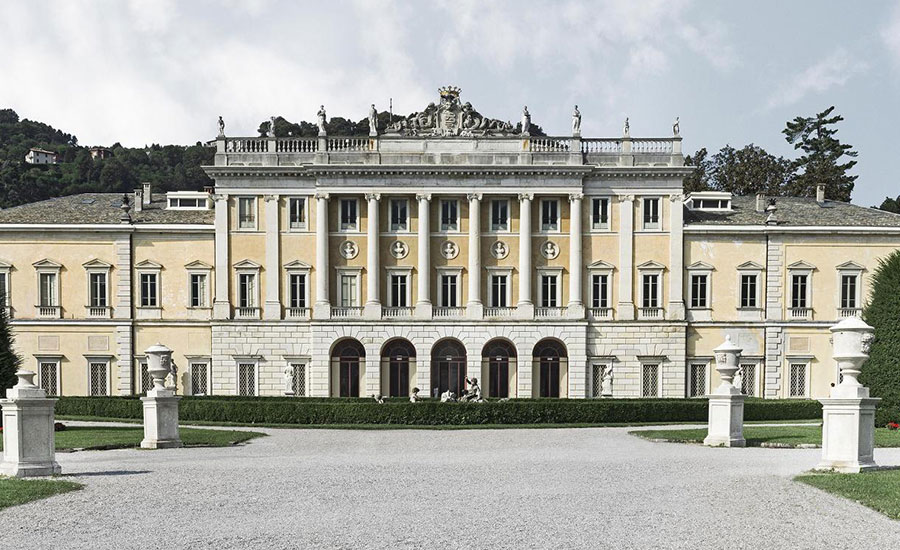
VILLA GRUMELLO, Como
The “grumello” properly indicates the panoramic area that connects Como to Cernobbio, along the lakefront.
This suggestive area attracted numerous prominent people from the Como area over the centuries.
Indeed, the existence of a villa belonging to the wealthy banker Tommaso D’adda is documented as early as 1570-80.
Subsequently the villa passed into possession first of the Odescalchi, who restored it and then of the Giovio. The Giovio hosted in Villa Grumello important personalities such as Ugo Foscolo and Alessandro Volta.
The current villa is the result of a restoration in 1870 by the Celesia family, the last owner family.
Fortunately, after several years of neglect, Villa Grumello since 2007 has been open to the public as an entrepreneurial and cultural center.
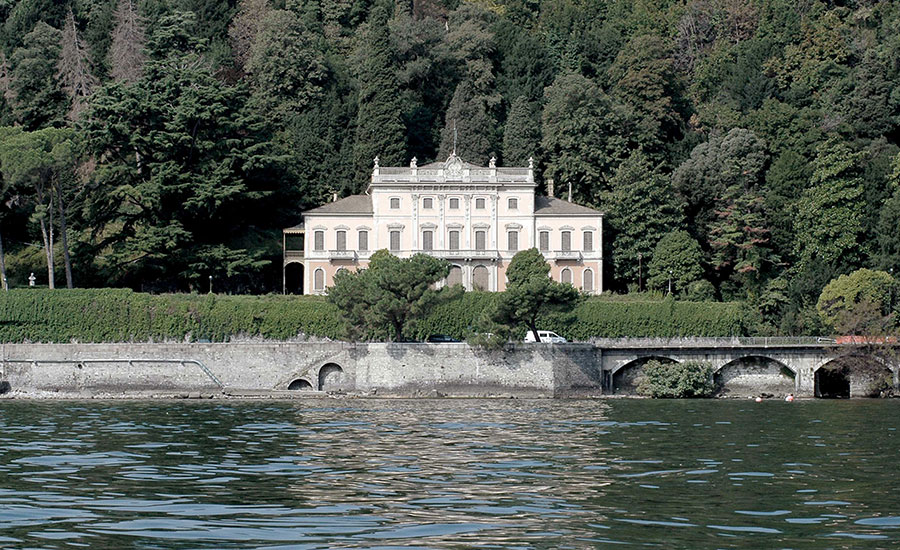
VILLA ERBA, Cernobbio
Villa Erba was born from a former female monastery. The transition from a monastery to a private residence took place thanks to Domenico Pino, who together with his wife transformed the monastery into a manor house.
The current building is the result of a restoration commissioned by the subsequent owners, the Brivio-Erba spouses. The couple wanted to build a representative building to host major events.
Thus the ancient villa was transformed into the current one, in full Mannerist style.
The director Lunchino Visconti stayed there a lot as a boy. The first floor is now used as a museum dedicated to him.
Villa Erba has been open to the public since 1989 as an exhibition and conference center and is often used as a television set thanks to its spectacular nature.
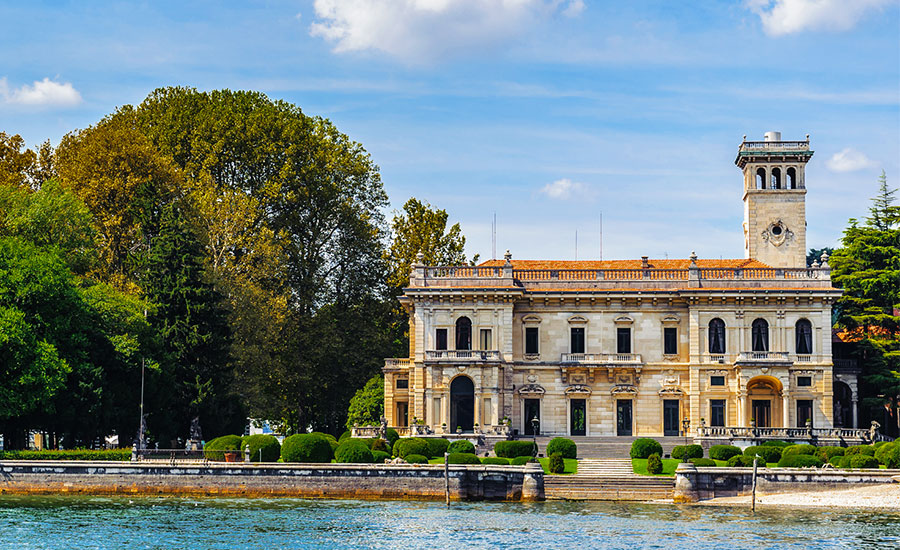
VILLA D’ESTE, Cernobbio
Born around the middle of the sixteenth century, it was called “D’Este” when the property passed to Carolina Brunswick, who boasted a distant kinship with the D’este family.
In 1873 the villa was totally used as a luxury hotel, after the success that kind of business.
Initially successful only in a small part of the structure, thanks to the intuition of Baron Ippolito Ciani.
Over the years, Villa D’este has hosted many important personalities such as Madonna, Clooney, De Niro, Mastroianni and many others from the sports, political and entertainment worlds.
The gardens of the villa were declared a National Monument in 1913 and combine typical Italian elements with romantic and picturesque alements.
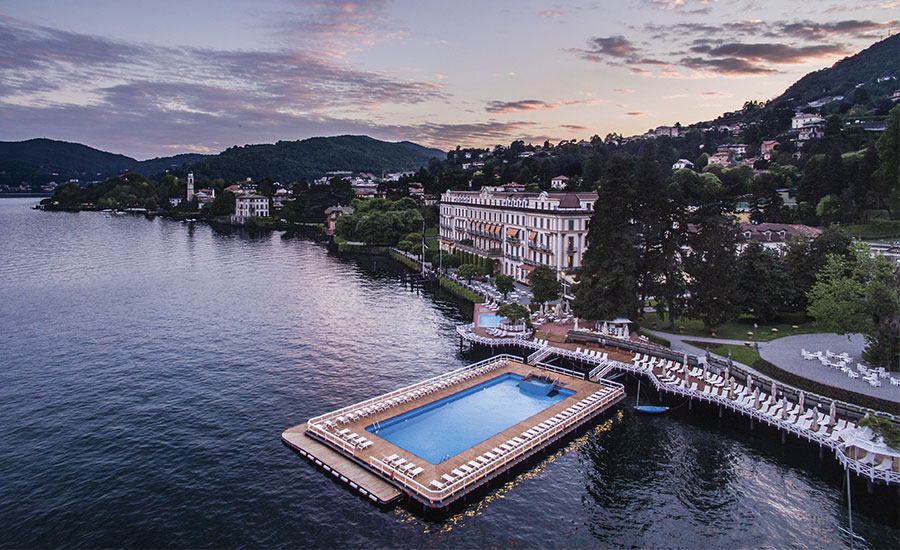
VILLA PASSALACQUA, Moltrasio
Andrea Passalacqua renovated the villa at the end of the 18th century, modifying the previous structure built on ancient buildings.
Today it certainly represents one of the most prestigious villas overlooking Lake Como.
Characterized by a sober and delicate façade, the villa has hosted authoritative guests such as Carlo Porta and Vincenzo Bellini.
The villa has a splendid Italian-style garden and spectacular terraces that overlook the lake.
The system of terraces overlooks an articulated articulation of viable underground galleries, which directly connect the villa to the dock.
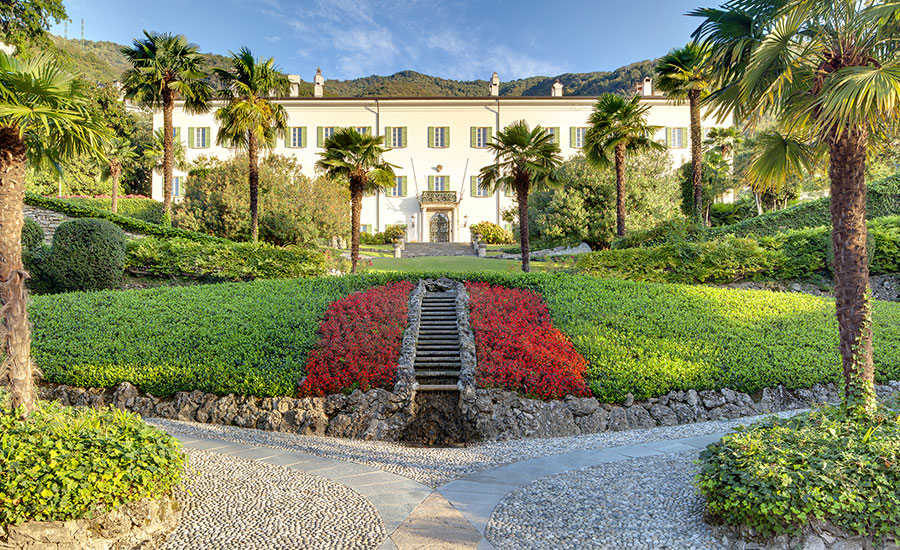
CASTELLO DI URIO, Carate Urio
The villa known as Castello di Urio belonged initially to the Della Porta family in the late 1600s.
After having passed to several important families, the villa then came to the Melzi family. It was under this last property that it took the name of “castle”.
The property that probably brought the most important improvements was the Richard family one, a family of rich industrialists from the end of the 19th century.
The appearance of the present building is probably due to successive restorations and has a clear mannerist style, with a splendid eighteenth-century garden.
Since 1995 the castle has been used as a center for spiritual activities by the Rui Foundation, an emanation of Opus Dei.
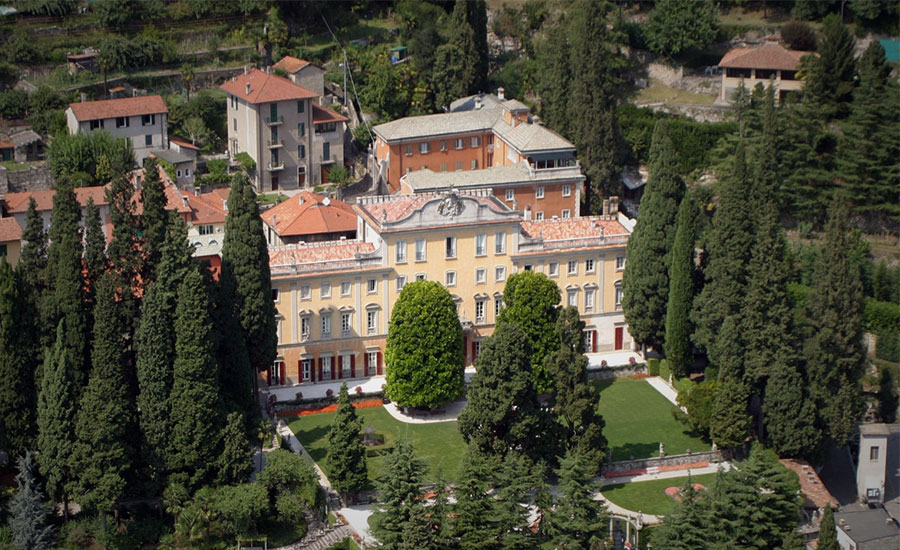
VILLA LEONI, Ossuccio
Commissioned in 1938 and built between 1941 and 1944, Villa Leoni appears as a compromise between the genius of the rationalist architect Pietro Lingeri and the strict rules of the time.
The architect carefully studied both the shapes and the colors to be integrated in the villa, to optimize the relationship between nature and architecture.
The villa still strikes today for its modernity, but above all for its ability to dialogue with the surrounding landscape.
The soft colors and the outdoor garden are others main elements that allow the villa to naturally fit into the landscape context.
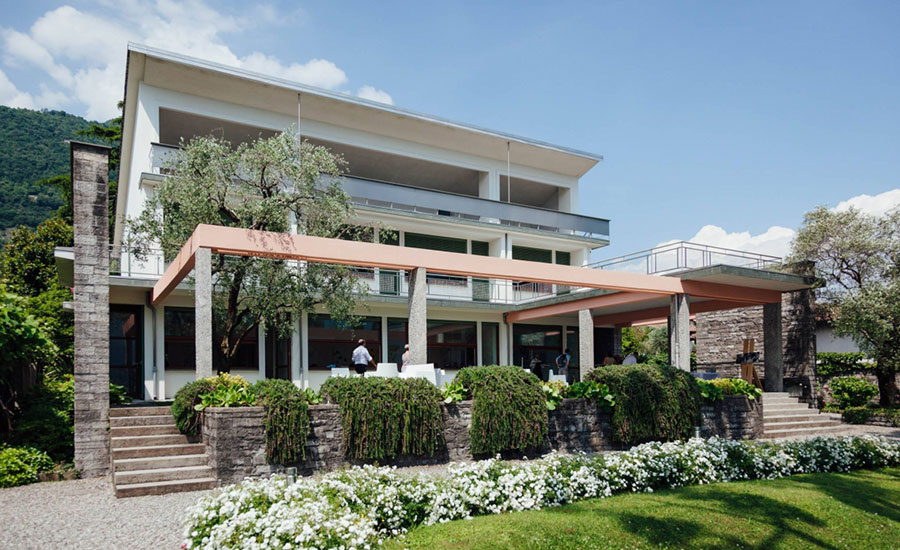
VILLA CARLOTTA, Tremezzo
It was wanted by the Marquis Giorgio Clerici towards the end of 1600. Today the villa is one of the most important cultural and tourist centers of Lombardy.
It experienced its golden age in 1801, when the collector Gian Battista Sommariva enriched the building with numerous works by artists like Canova and Hayez.
Even today it is a real museum, reorganized according to modern criteria.
The name dates back to the mid-1800s, when the villa was given to Carlotta, the daughter of Princess Marianna of Nassau, on the occasion of her wedding,
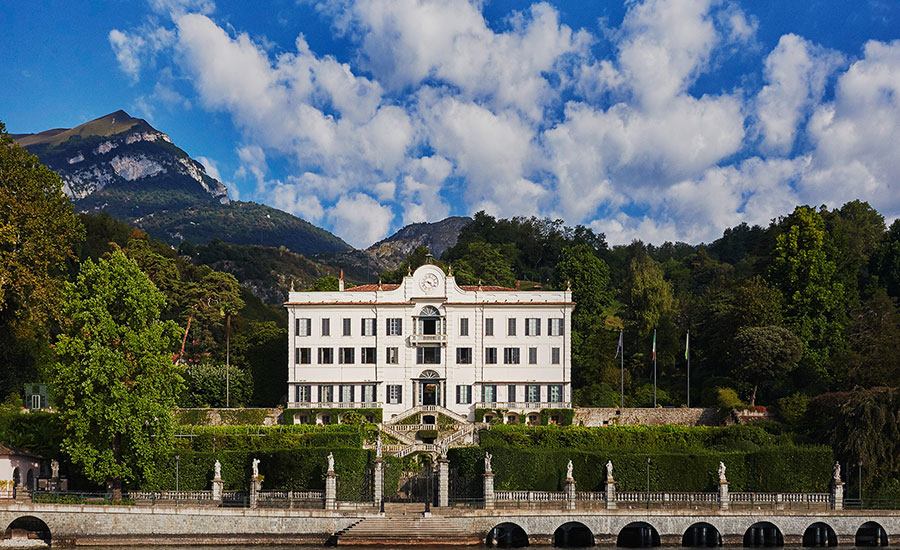
VILLA CIPRESSI, Varenna
The villa was born from a complex of buildings that between 1400 and 1800 have undergone many alterations.
The first to expand the building was Baron Carlo Innocenzo Isimbardi, who tooks over the building in 1802.
The current appearance is to be attributed however to the Andreossi family, who restored the villa in late-neoclassical style.
The name of the villa obviously derives from the fantastic cypress trees that stand out in the large garden.
Although today it is managed as a Hotel, the villa can be easily visited by everyone.
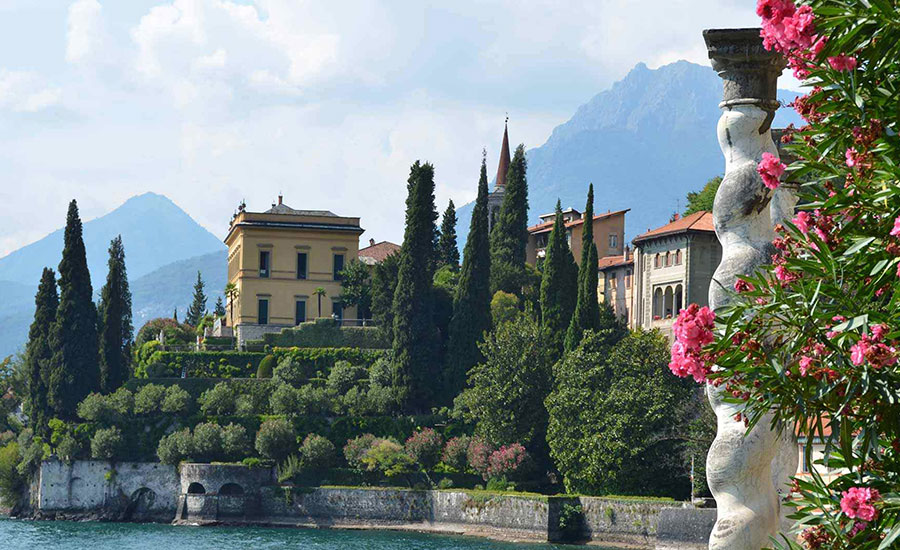
VILLA MONASTERO, Varenna
This villa became a patrician residence between 1600 and 1700, but was a former Cistercian monastery active until 1567.
The current appearance is attributed to the penultimate owner, by the industrialist Walter Erich Jacob Kees.
Between the end of 1800 and the beginning 1900, the garden was enlarged and the structure modernized and enriched with modern comforts.
At the end of the First World War, it was confiscated by the state. During the 50s it became the venue for important conferences and lectures, hosting Nobel Prize winners such as Enrico Fermi.
From 1977 it was merged into the CNR, National Research Council.
Since 2004 the villa can be visited both from outside and from inside.
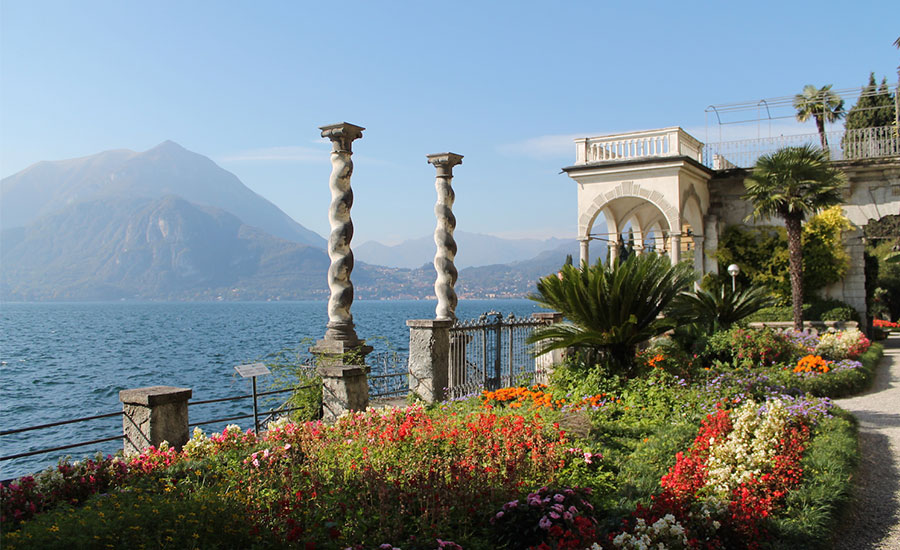
Unfortunately we must stop here, but our lake is really full of many others spectacular buildings.
Villas and castles to be visited and included in your roadmap.
More from Made in Comolake
Greenway dei Patriarchi: Varenna itinerary between villages and ancient villas
The Greenway dei Patriarchi is a walk that passes through Varenna and in some of its closest hamlets such as; …
Valentine’s Day on Lake Como: itineraries and walks
San Valentino 2020: cosa fare sul lago di Como e dintorni. Scopri i nostri consigli per passeggiate ed itinerari alla …
Panettone Baj and Marinetti’s futurist movement
Milan has always been a lively city, a forerunner of the avant-garde, fashions and styles. It is the city that around …


